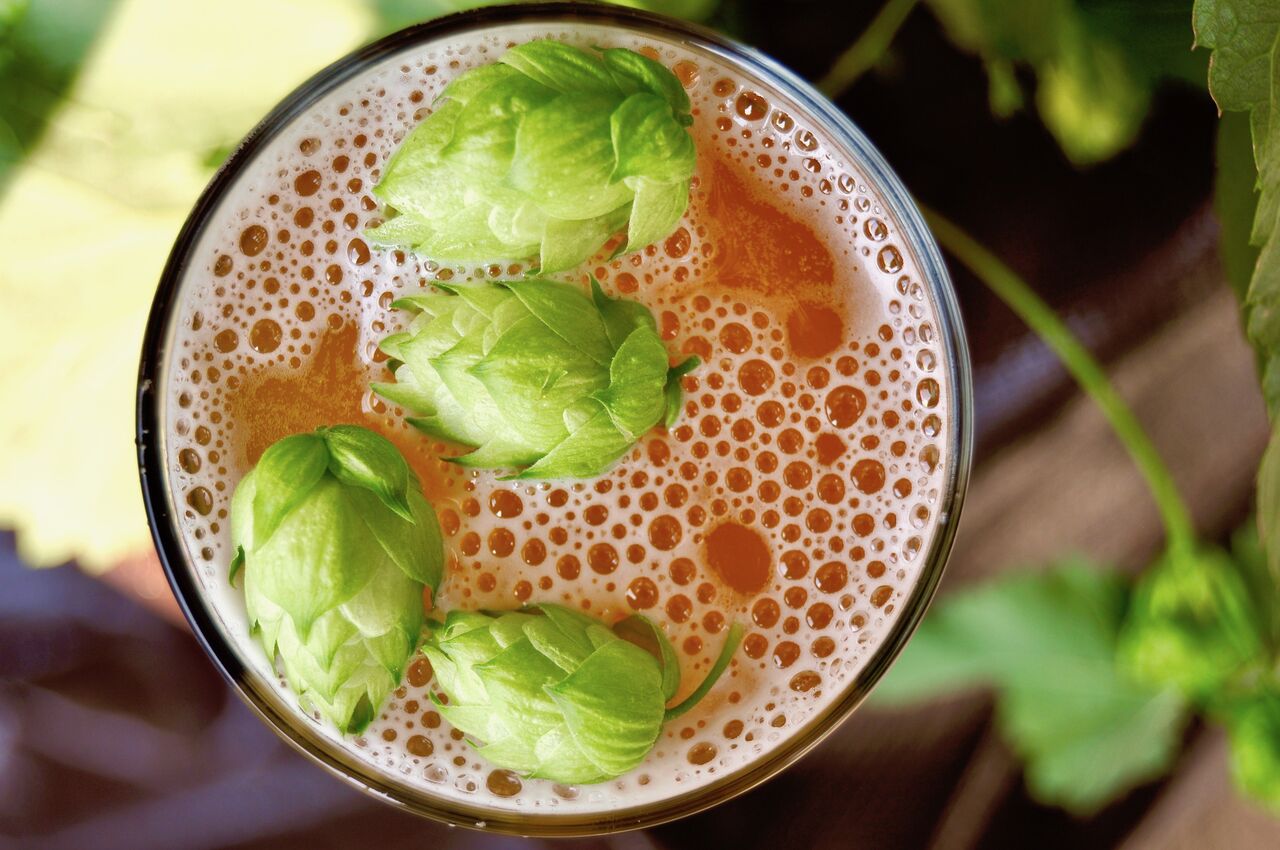
One of the most jarring aspects of 2020 is how much it has disrupted our internal and external clocks. It’s like a severe case of jetlag that you just can’t shake. We find ourselves constantly checking the calendar, and then checking it again a minute later. It says September, but it sure doesn’t feel like it.
For starters, our children have yet to return to school. Most college football players have yet to see the field. The NBA Finals are still weeks away, and we don’t know who won the Stanley Cup, if they’re even still calling it that. Perhaps the strangest thing is that the Mariners still stand a chance to make the postseason. In 2020.
Luckily for us, Mother Nature is pushing on, unperturbed, though she is angry about the way we are treating her and is retaliating with debilitating wildfires up and down the West Coast.
But at least the Pacific Northwest hopvines are still producing pungent buds. They’re being harvested and mostly cured into their dried form so breweries can use them to brew beer throughout the year and around the world. In the Pacific Northwest we’re lucky to live so close to one of the largest hop-growing regions in the world. It leads to a rich beer culture, with thousands of beer producers, big and small, in all our cities and towns.
We’re even luckier because of a little secret that local beer geeks are well aware of: not all hops are immediately dried for future use. Some are used right away to brew what’s called fresh hop beer. There’s never been a more aptly named beer. When you drink a glass of fresh hop, the two first things you taste are freshness and hops. The aroma and flavor are irresistible.
Fresh hop beer doesn’t travel. It’s much more perishable than other kinds of beer. It can be put into cans and bottles, but only at its peril. The ultimate way to enjoy it is to take your growler to your local brewery or fill shop. Once you bring it home, it will only stay effervescent for a day or so.
The process used to make fresh hop beer is equally interesting. Fresh hops are mostly water, so they can turn moldy in just a day or two. That means that they need to be brewed right away in order to capture their flavor and aroma. Think of them like the freshest strawberries you’ve ever had. Each hour that they sit around degrades them just a little more. Like Cinderella, they might not make it through the night.
Because the hops are grown east of the Cascades, and most of the breweries are west of the mountains, you should picture your local brewers jumping in a truck and driving all day to go and pick them up. Then picture them staying up all night to make the beer. If you want to, picture a bunch of tired brewers having a big breakfast the next morning before going to take a nap while the beer ferments.
What kinds of foods can you enjoy fresh hop beer with? I like it with spicy finger foods like wings or nachos. Spicy foods make you thirsty, and giving yourself a reason to take another sip of fresh hop is never a bad idea. Though there are different styles of fresh hop beer, in general it will taste like a fresh and aromatic IPA. Alcohol levels are light to moderate, so downing a few glasses from the comfort of your couch is eminently doable.
The hops are being harvested right now. Give your brewer a week or two to have the beers ready, but then please go out there and support them with your business during this challenging time.
Our watches and calendars don’t perform in the ways that they used to. Sometimes you must rely on what’s in your glass to tell you what time of year it is. I promise it won’t lie.



